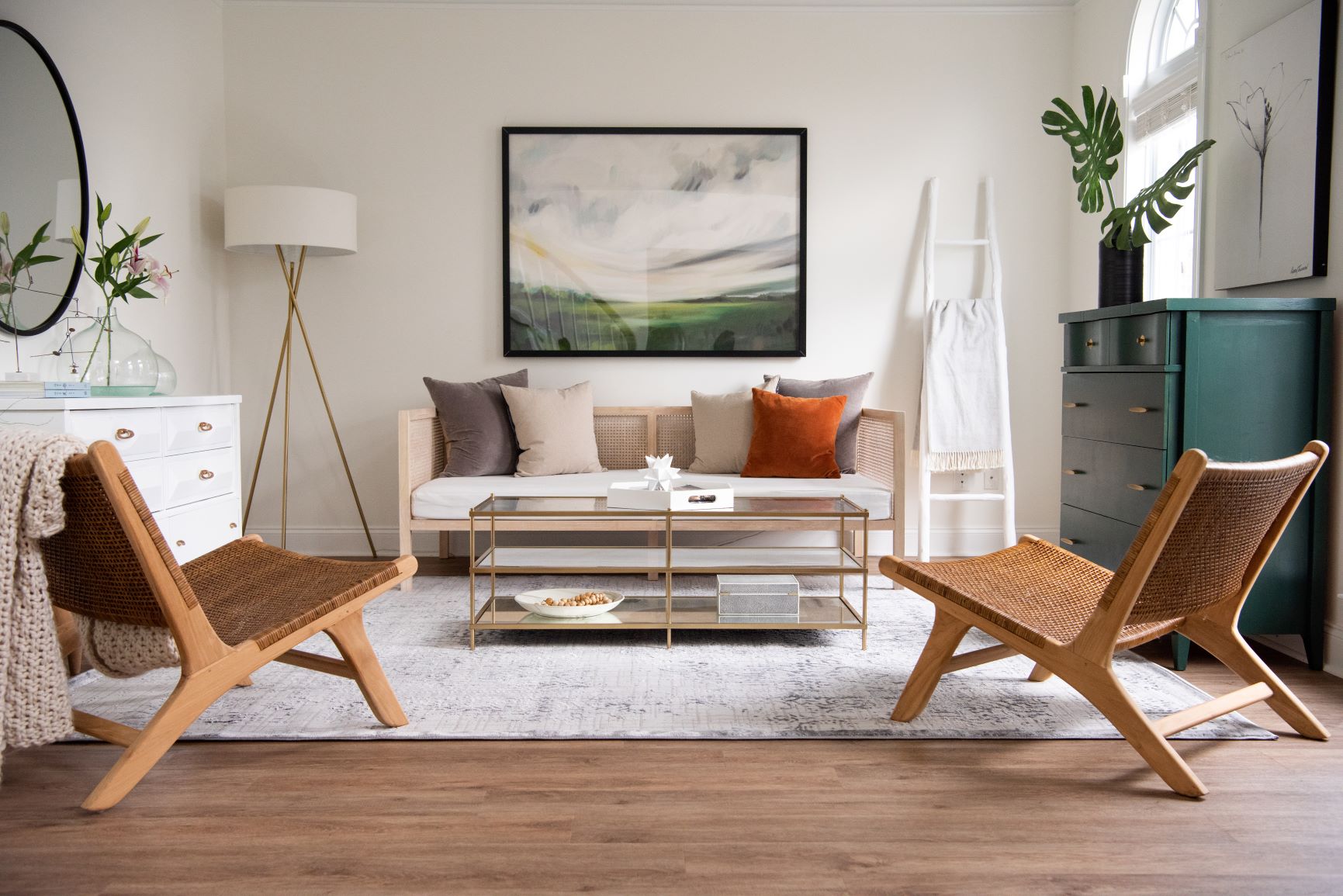

Articles
How Big Should An Area Rug Be In Living Room
Modified: January 18, 2024
Discover the perfect size for your area rug in the living room. Read our in-depth articles on choosing the right dimensions for a cozy and stylish space.
(Many of the links in this article redirect to a specific reviewed product. Your purchase of these products through affiliate links helps to generate commission for Storables.com, at no extra cost. Learn more)
Introduction
Welcome to the world of interior design, where every detail matters in creating a harmonious and inviting living space. When it comes to rugs, they serve as an essential element in defining the style and functionality of a room. In particular, an area rug can play a pivotal role in enhancing the visual appeal and comfort of a living room.
Choosing the right size of an area rug for your living room is crucial in achieving a balanced and cohesive look. It not only adds a layer of texture and warmth to the space but also helps to define different areas within the room. Whether you prefer a rug that covers the entire seating area or one that partially covers it, there are a few key factors to consider in order to make the right decision.
In this article, we will explore the various options and factors to consider when determining the size of an area rug in your living room. So, let’s dive in and discover how to choose the perfect rug that will transform your living room into a cozy and stylish sanctuary.
Key Takeaways:
- Choosing the right size of an area rug for your living room is crucial in achieving a balanced and cohesive look. Factors such as room size, furniture placement, and personal style play a pivotal role in determining the perfect rug size.
- Whether you opt for a rug that covers the entire seating area, one that partially covers it, or multiple rugs in the room, each option offers its own unique benefits and aesthetic appeal. Consider factors such as room size, furniture placement, functionality, room shape, personal style, and aesthetics when choosing the appropriate size of an area rug.
Read more: How To Place Area Rugs In Living Room
Factors to consider when determining the size of an area rug in the living room
Choosing the right size of an area rug for your living room involves considering several factors that will ensure a harmonious and well-proportioned space. Here are some key factors to consider:
Room Size
The first factor to consider is the size of your living room. Measure the dimensions of the room to get an idea of how much floor space is available. This will help you determine the appropriate size of the rug that will complement the room without overwhelming it. For smaller living rooms, you may want to opt for rugs that cover a smaller area to avoid making the room feel cramped.
Furniture Placement
Consider how your furniture is arranged in the living room. The rug should be able to accommodate all the furniture within the seating area to create a cohesive and visually appealing space. If you have a sofa, chairs, and a coffee table, ensure that the rug is large enough to fit all these pieces comfortably. It should extend beyond the furniture by a few inches to create a cohesive look.
Functionality
Think about how the living room is used and the functionality you want the rug to serve. If you have an open-concept living room that flows into other areas, such as the dining room or foyer, consider using a rug to define the living room space. In this case, the rug should be large enough to encompass the seating area entirely, creating a distinct and separate zone within the larger room.
Room Shape
The shape of your living room can also influence the size of the area rug. For rectangular-shaped rooms, a rectangular rug usually works well to define the seating area. However, if you have a square-shaped room, a square or round rug can add visual interest and create a balanced look. Consider the shape of the room when selecting the appropriate size and shape of the rug.
Personal Style and Aesthetics
Lastly, consider your personal style and the overall aesthetics of your living room. The rug should complement the existing decor, color scheme, and furniture style. If you have a minimalist or contemporary style, you may opt for a rug with clean lines and neutral colors. On the other hand, if your living room has a bohemian or eclectic vibe, you can play with bold patterns and vibrant colors to make a statement.
By taking these factors into account, you can make an informed decision regarding the size of the area rug that will best suit your living room. Remember, the goal is to create a visually pleasing and functional space that reflects your style and enhances the overall ambiance.
Option 1: Rug that covers the entire seating area
One popular option when it comes to choosing the size of an area rug for the living room is to select a rug that covers the entire seating area. This creates a unified and cohesive look, anchoring the furniture and defining the space.
When opting for this option, it’s important to ensure that the rug is large enough to accommodate all the furniture within the seating area. The front legs of the sofa and chairs should ideally be fully on the rug, while the back legs can be partially on or off the rug.
This approach creates a sense of continuity and balance, making the living room feel more spacious and well-designed. The rug acts as a foundation, tying all the furniture pieces together and creating a visual boundary for the seating area.
Not only does this option provide a cohesive look, but it also adds a layer of comfort and warmth. By covering the entire seating area with a soft and plush rug, you create a cozy space that invites people to gather and relax.
Furthermore, a rug that covers the entire seating area can help to absorb sound and reduce echoes in the room. This is especially beneficial in larger living rooms or those with hard flooring surfaces, as the rug acts as a buffer and creates a more acoustically pleasing environment.
Choosing a rug with a pattern or texture can add visual interest and serve as a focal point in the living room. However, if your furniture or other elements in the room already have bold patterns or textures, it may be wise to opt for a solid-colored rug to maintain a balanced and harmonious look.
Overall, selecting a rug that covers the entire seating area can create a cohesive and visually appealing space in your living room. It provides comfort, defines the seating area, and enhances the overall ambiance of the room.
Option 2: Rug that partially covers the seating area
Another popular option when it comes to choosing the size of an area rug for the living room is to select a rug that partially covers the seating area. This approach offers a more open and airy feel, while still providing a visual anchor for the furniture.
When opting for this option, the rug should be large enough to fit under the coffee table and at least extend beyond the front legs of the sofa. This allows for a cohesive look, with the rug serving as the focal point in the seating area.
A partially covering rug creates a layered and dynamic look in the living room. It allows for more of the flooring to be visible, which can be particularly appealing if you have hardwood or tile floors that you want to showcase. This option works well in smaller living rooms or in spaces where you want to maintain a more open and expansive feel.
By allowing some of the floor to show, a partially covering rug can visually enlarge the space. It gives the illusion of a larger living room and makes it feel less cluttered and more spacious. This can be especially beneficial if you have limited square footage to work with.
Additionally, a partially covering rug can be a great option if you have existing furniture pieces or decor elements that you want to showcase. Whether it’s a beautifully crafted coffee table or a unique focal point in the room, a smaller rug can draw attention to these features and create a visually appealing arrangement.
When selecting a rug that partially covers the seating area, consider choosing one with a contrasting color or pattern to create visual interest. This can add depth and personality to the room without overwhelming the space.
Overall, opting for a rug that partially covers the seating area is a versatile choice that can create a stylish and open living room. It allows for more floor space to be visible, gives the illusion of a larger room, and creates a visually appealing arrangement with the furniture and decor elements.
Option 3: Multiple rugs in the living room
For those seeking a more eclectic and creative approach to rug placement in the living room, opting for multiple rugs can be an exciting option. This allows for more flexibility in terms of design and can create a visually dynamic and layered look.
When using multiple rugs in the living room, there are a few ways to approach the placement. One option is to use different rugs to define separate areas within the room. For example, you can use a larger rug to anchor the seating area and then supplement it with smaller rugs or runners in other areas, such as by a reading corner or under a console table.
Using multiple rugs can help create distinct zones in an open-concept living room or in a larger space. It allows you to visually separate different functional areas while still maintaining a cohesive look.
To ensure a harmonious and balanced look, consider coordinating the rugs in terms of color, pattern, or texture. You can choose rugs that complement each other or opt for a cohesive design scheme throughout all the rugs in the room. This will create a sense of continuity and ensure that the different rugs work together seamlessly.
Another approach to using multiple rugs is layering them. Layering rugs can add depth, texture, and visual interest to the living room. Start with a larger rug that covers the seating area as a base, and then layer a smaller rug on top to create a focal point or highlight a specific area.
When layering rugs, play with different sizes, shapes, and textures to create a visually dynamic look. Contrast the colors and patterns for a bolder statement or opt for more subtle variations for a more subtle and layered effect.
Using multiple rugs in the living room offers endless possibilities for creativity and personalization. It allows you to experiment with different sizes, shapes, colors, and patterns to create a unique and visually captivating space.
Remember to consider the overall aesthetics of the room and ensure that the different rugs work together to create a cohesive and harmonious look. By embracing the versatility of multiple rugs, you can transform your living room into a true reflection of your personal style and design preferences.
Tips for choosing the appropriate size of an area rug in the living room
Now that you understand the different options for choosing the size of an area rug in your living room, here are some tips to help you make the right decision:
Measure the seating area
Start by measuring the dimensions of your seating area. This will help you determine the appropriate size of the rug that will comfortably accommodate your furniture and create a cohesive look.
Leave a border
Whether you choose a rug that covers the entire seating area or one that partially covers it, leave a border of flooring around the edges of the room. This will create a balanced and visually pleasing look.
Read more: What Size Should A Rug Be In A Living Room
Consider the overall room size
Take into account the size of your living room when selecting the rug. In larger rooms, a larger rug can help to anchor the furniture and create a more intimate and cozy seating area. In smaller rooms, a smaller rug can open up the space and make it feel more spacious.
Think about traffic flow
Consider the traffic flow in your living room and ensure that the rug allows for easy movement around the space. You don’t want the rug to hinder the flow or create obstacles in the room.
Consider the shape of the room
Take into account the shape of your living room when choosing the shape of the rug. Rectangular rugs work well in rectangular rooms, while square or round rugs can add visual interest in square-shaped rooms.
Coordinate with furniture placement
Ensure that the rug coordinates with the placement of your furniture. The front legs of the sofa and chairs should ideally be on the rug to create a cohesive look. However, if your furniture is positioned against the wall, you can opt for a rug that doesn’t fully cover the front legs.
Consider the ceiling height
Take into consideration the height of your ceiling when choosing the size of the rug. A larger rug can visually bring the height of the room down, while a smaller rug can create the illusion of a taller ceiling.
Personalize with style and color
Choose a rug that complements your personal style and the overall aesthetics of the living room. Consider the colors and patterns in the room and select a rug that adds to the overall design scheme.
By considering these tips, you can confidently choose the appropriate size of an area rug that will enhance the visual appeal and functionality of your living room. Remember, the right rug can tie the space together, create a cozy atmosphere, and make a statement in your home.
Conclusion
Choosing the appropriate size of an area rug in your living room is a crucial aspect of interior design. It not only adds warmth and comfort to the space but also serves as a visual anchor that ties the furniture and decor together. By carefully considering your options and following a few key tips, you can select the perfect rug that will transform your living room into a stylish and inviting sanctuary.
Whether you opt for a rug that covers the entire seating area, one that partially covers it, or multiple rugs in the room, each option offers its own unique benefits and aesthetic appeal. A rug that covers the entire seating area creates a cohesive look and adds a layer of comfort and warmth. On the other hand, a rug that partially covers the seating area creates an open and spacious feel, allowing for more of the flooring to be showcased.
For those looking to unleash their creativity, using multiple rugs in the living room offers endless possibilities for layering, defining different areas, and creating a visually dynamic space.
When choosing the appropriate size of an area rug, it’s important to consider factors such as the room size, furniture placement, functionality, room shape, personal style, and aesthetics. By taking these factors into account, you can make an informed decision that will result in a harmonious and well-designed living room.
Remember to measure the seating area, leave a border, consider the overall room size, think about traffic flow, and coordinate with furniture placement. Additionally, take into account the shape of the room, the height of the ceiling, and personalize your choice with style and color to create a truly unique and inviting space.
With these tips in mind, you can confidently select the appropriate size of an area rug that will elevate the overall look and feel of your living room. So, go ahead and explore the world of rugs, unleash your creativity, and transform your living room into a stylish and cozy haven that you can enjoy for years to come.
Frequently Asked Questions about How Big Should An Area Rug Be In Living Room
Was this page helpful?
At Storables.com, we guarantee accurate and reliable information. Our content, validated by Expert Board Contributors, is crafted following stringent Editorial Policies. We're committed to providing you with well-researched, expert-backed insights for all your informational needs.
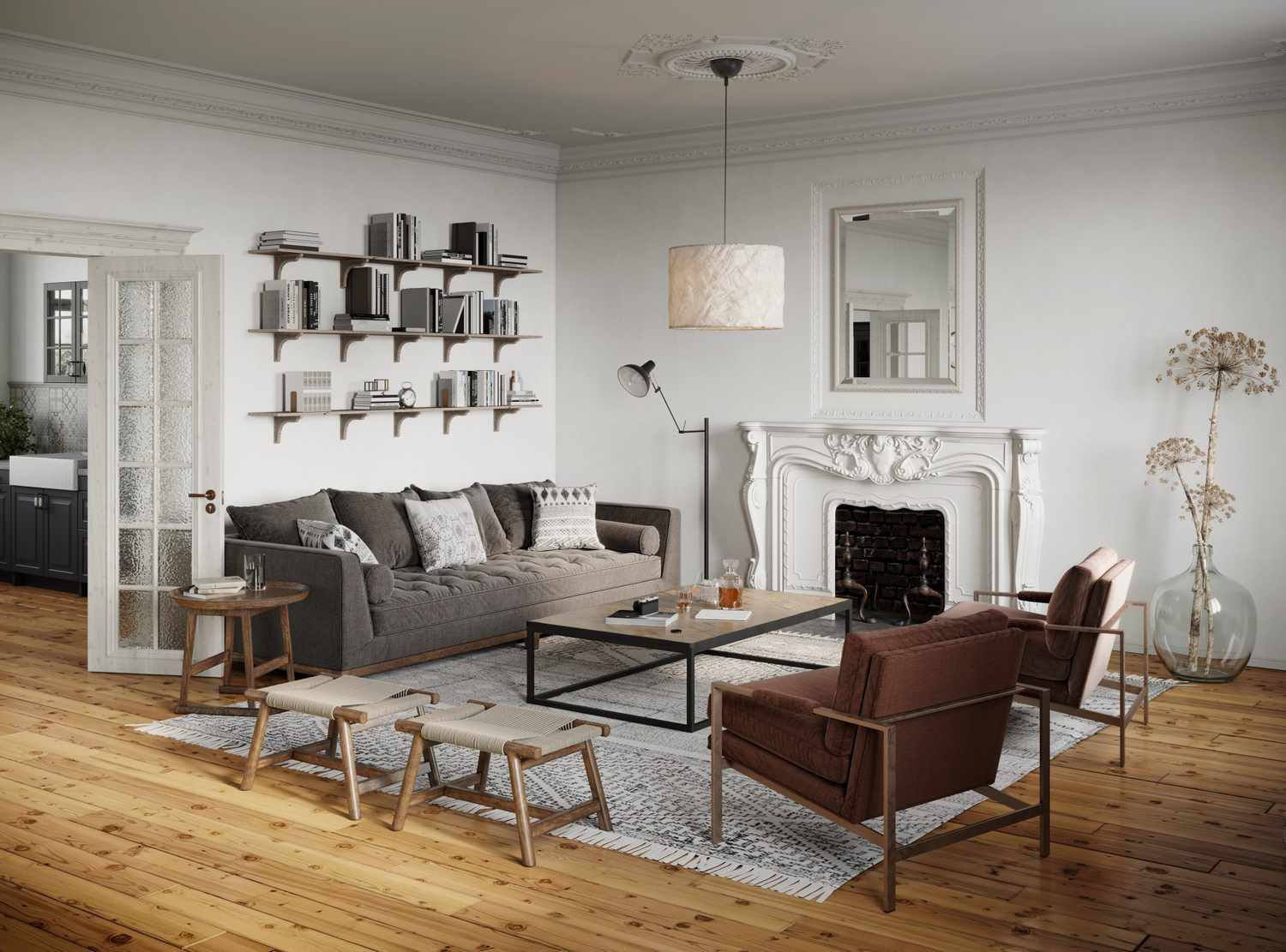
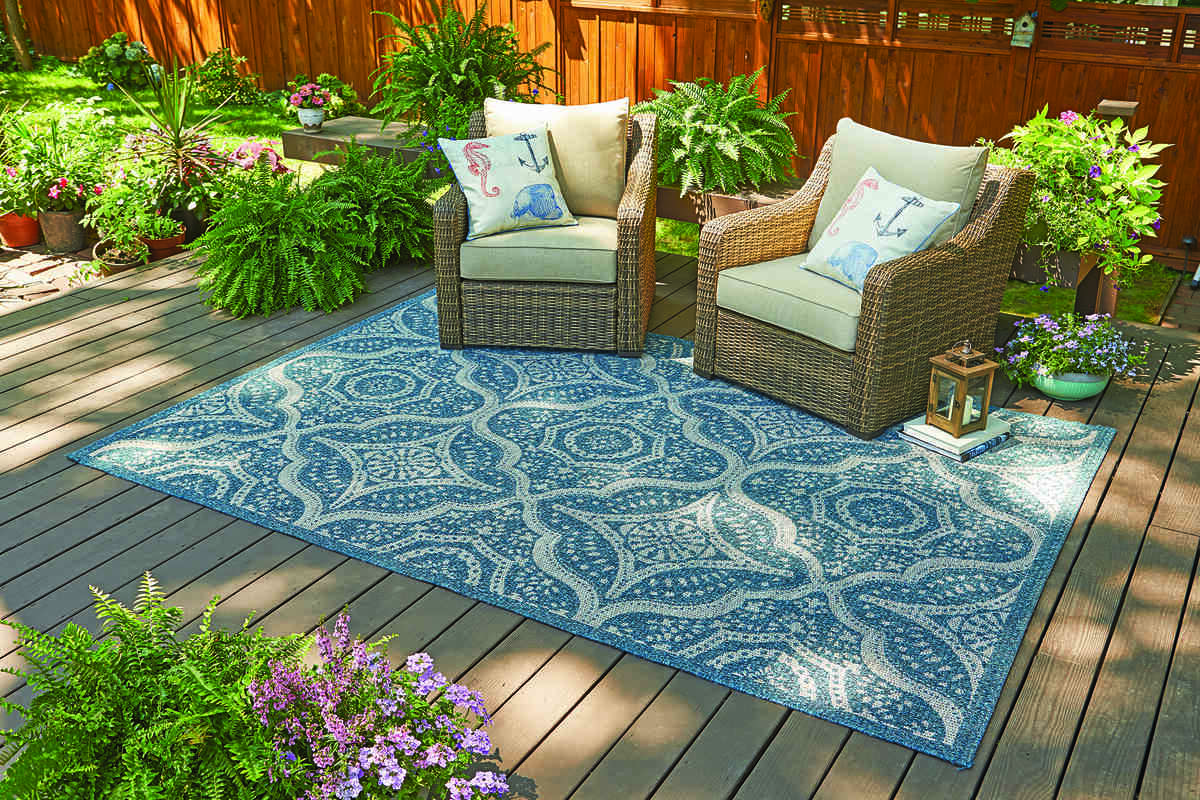
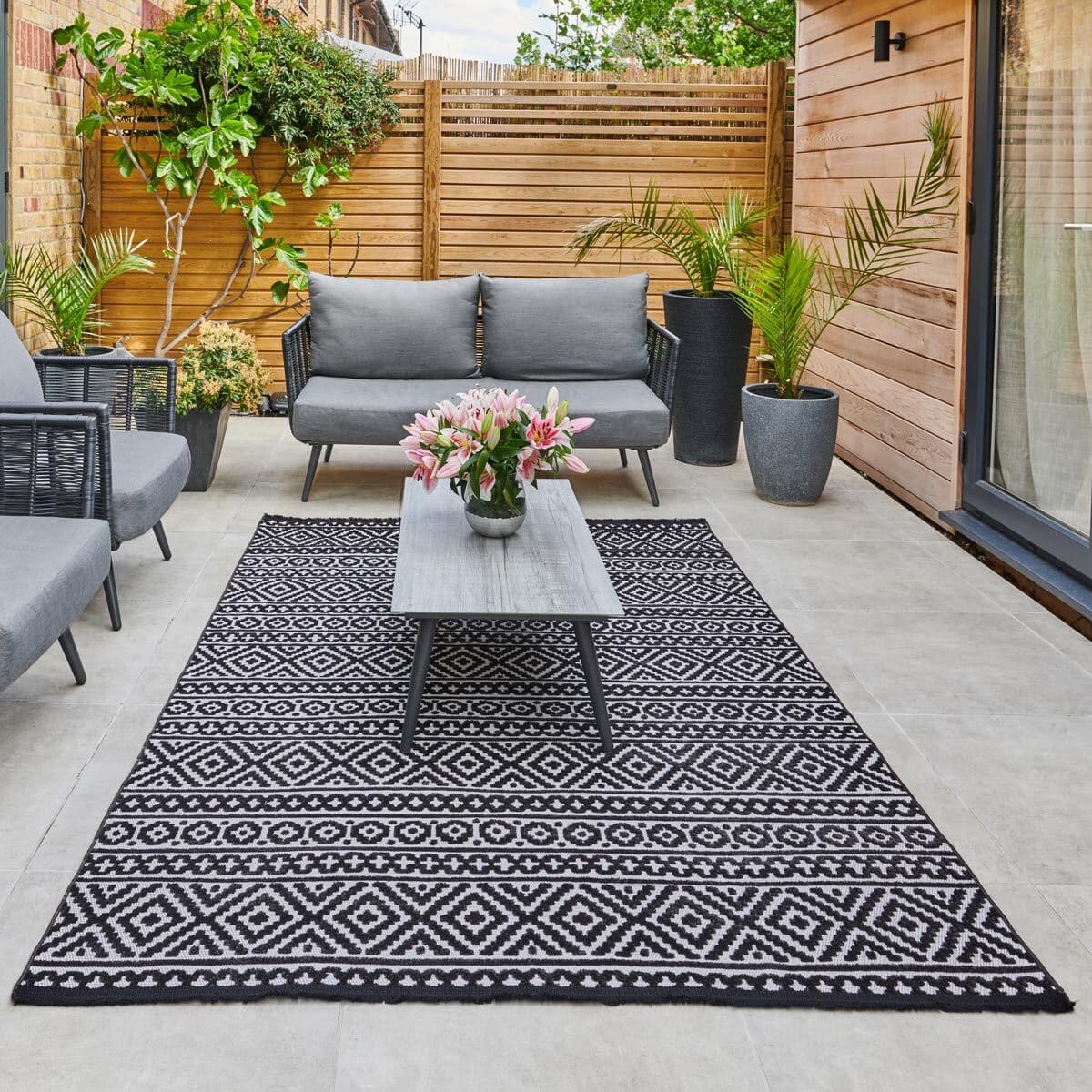
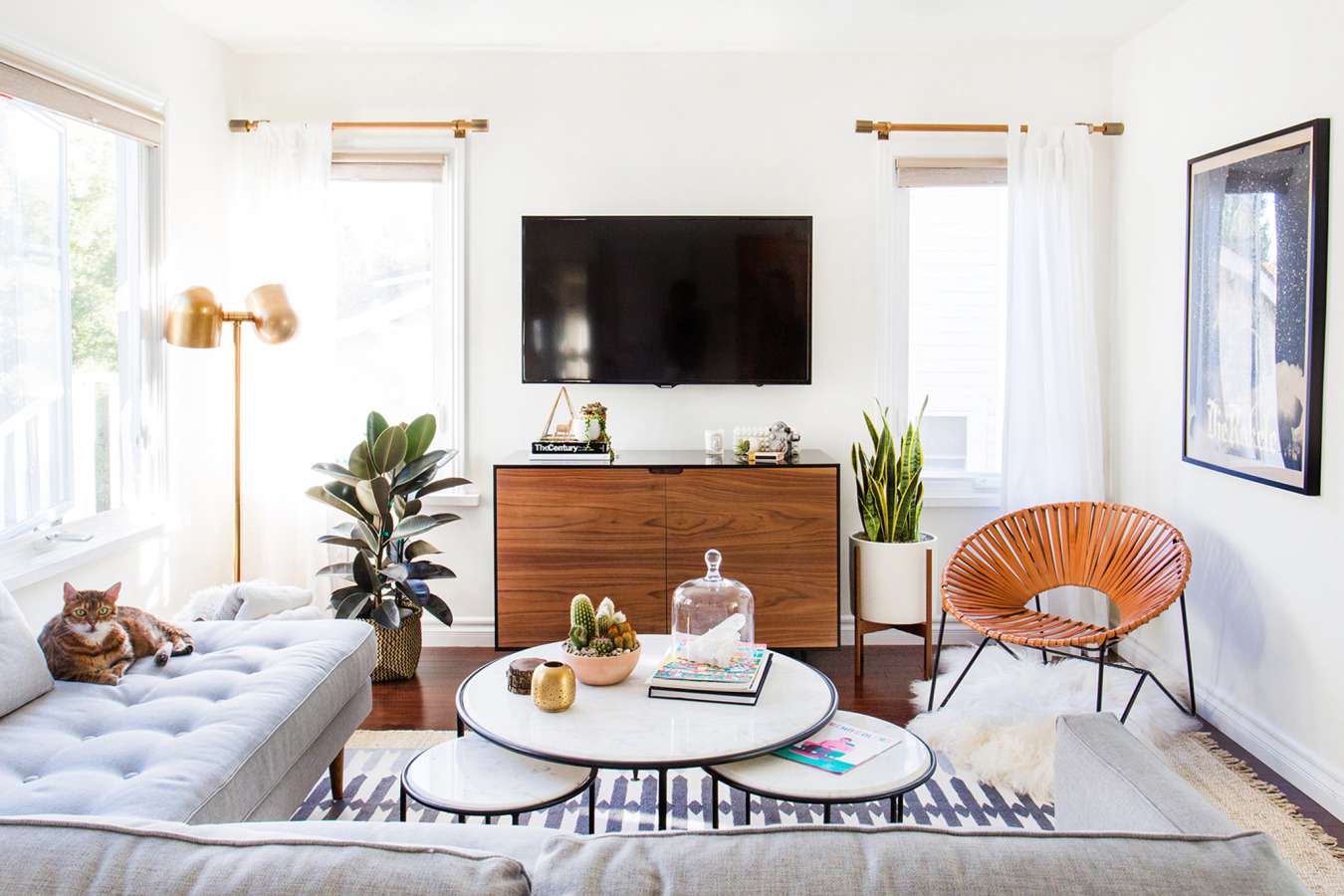
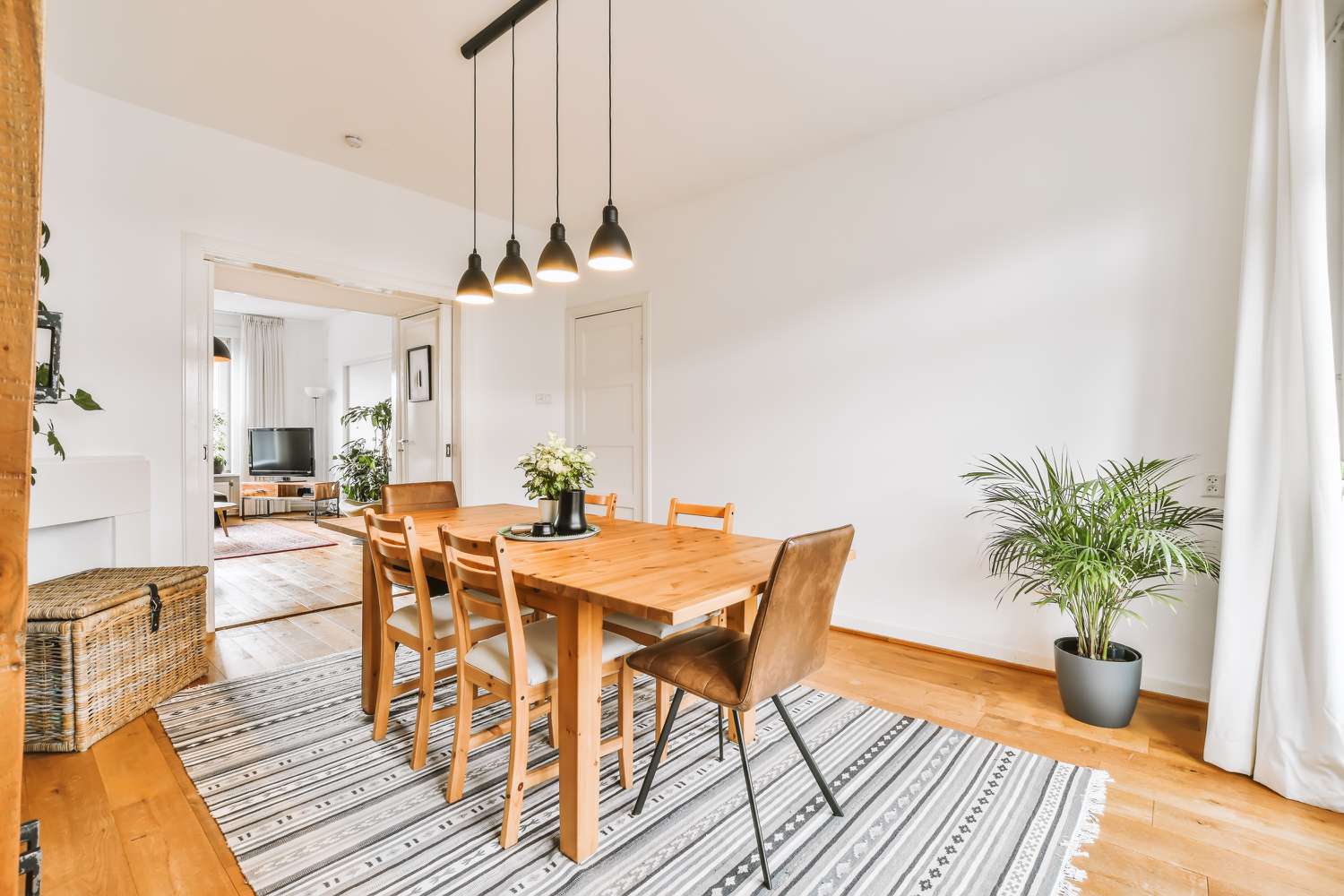
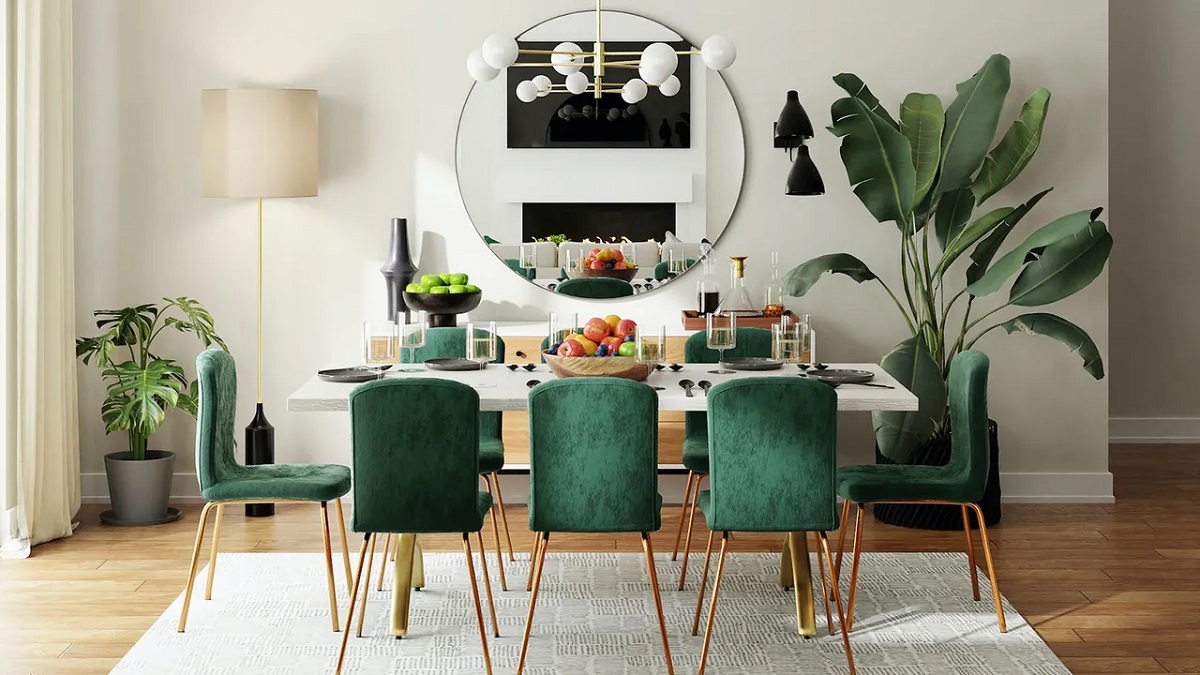
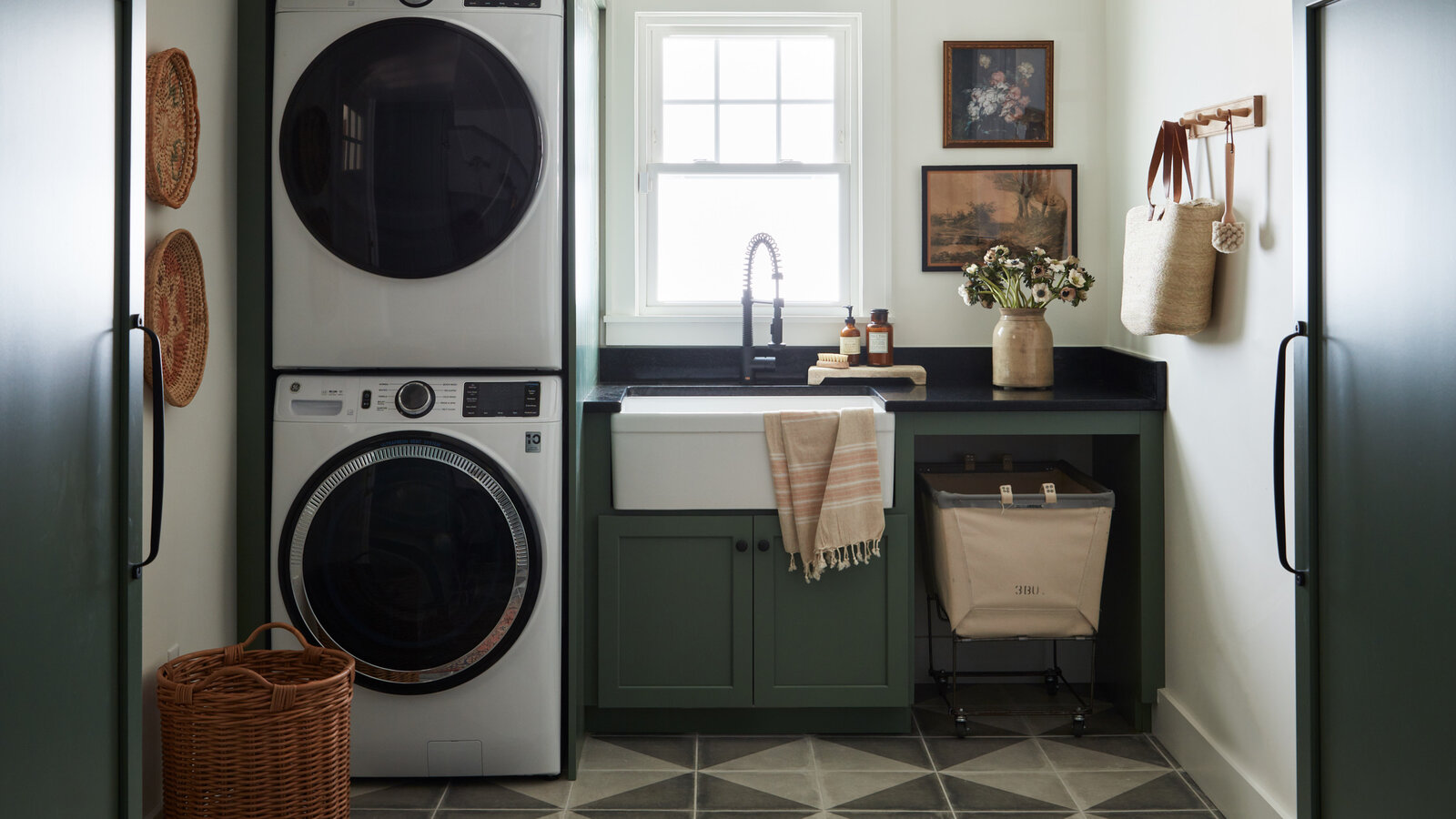

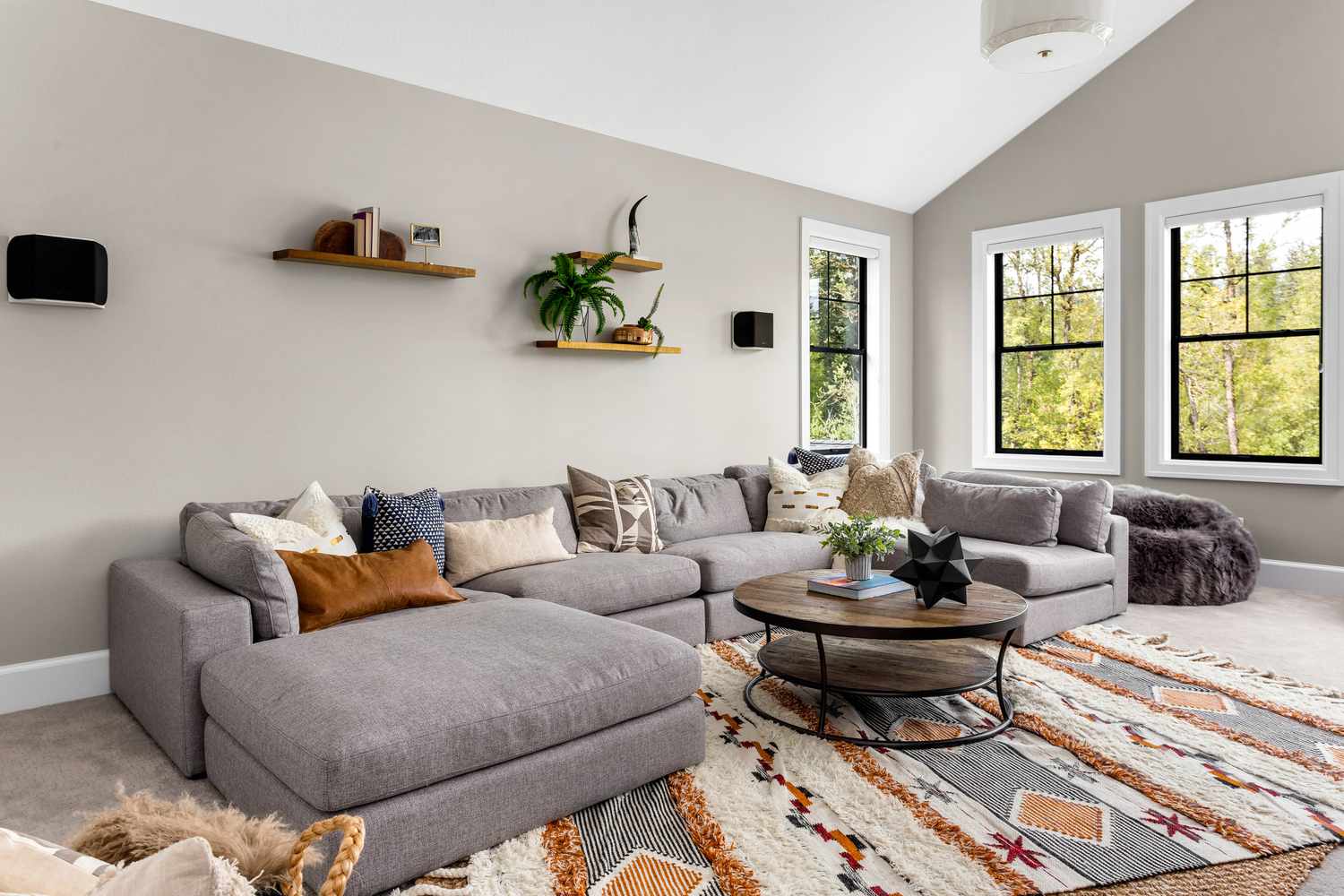
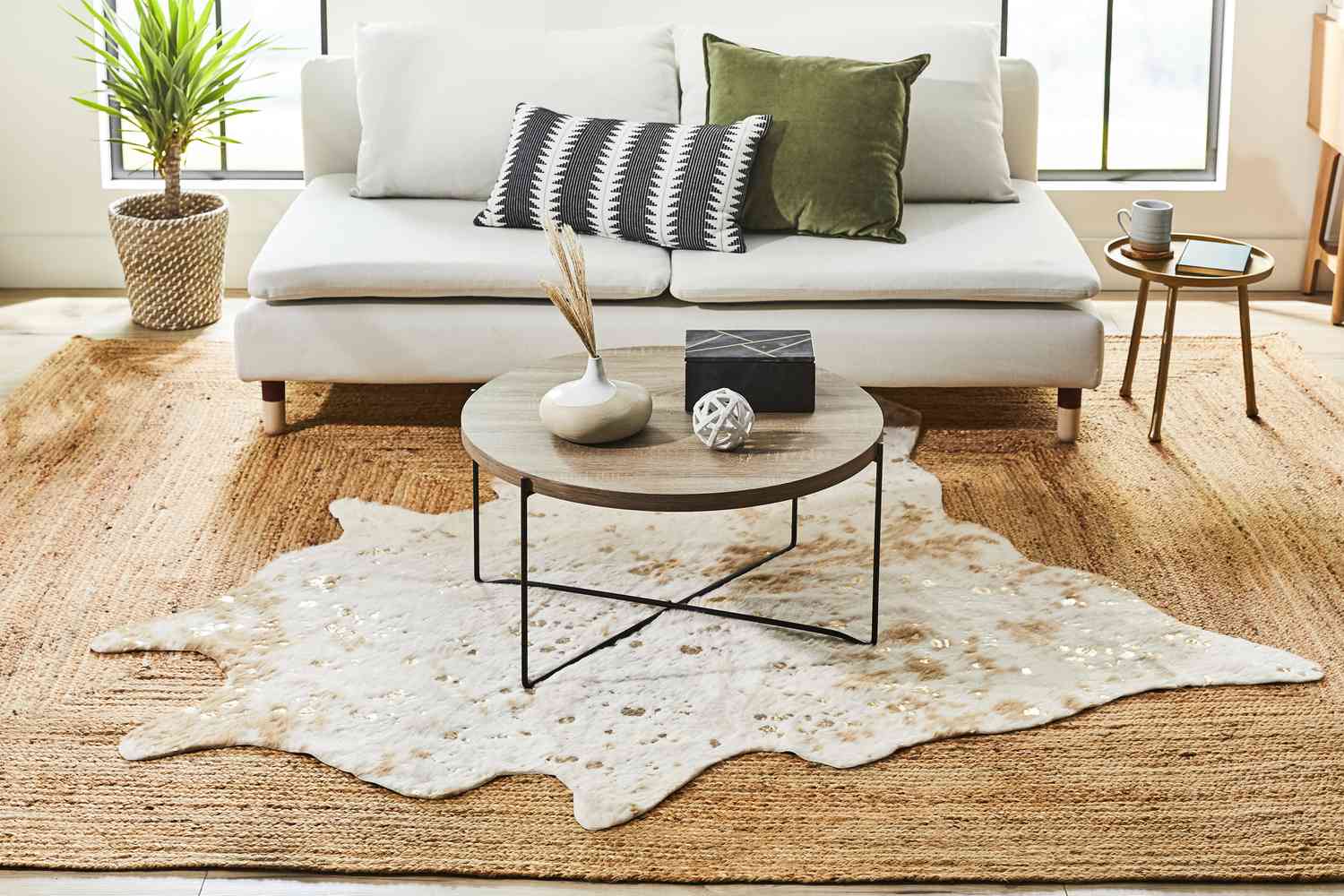
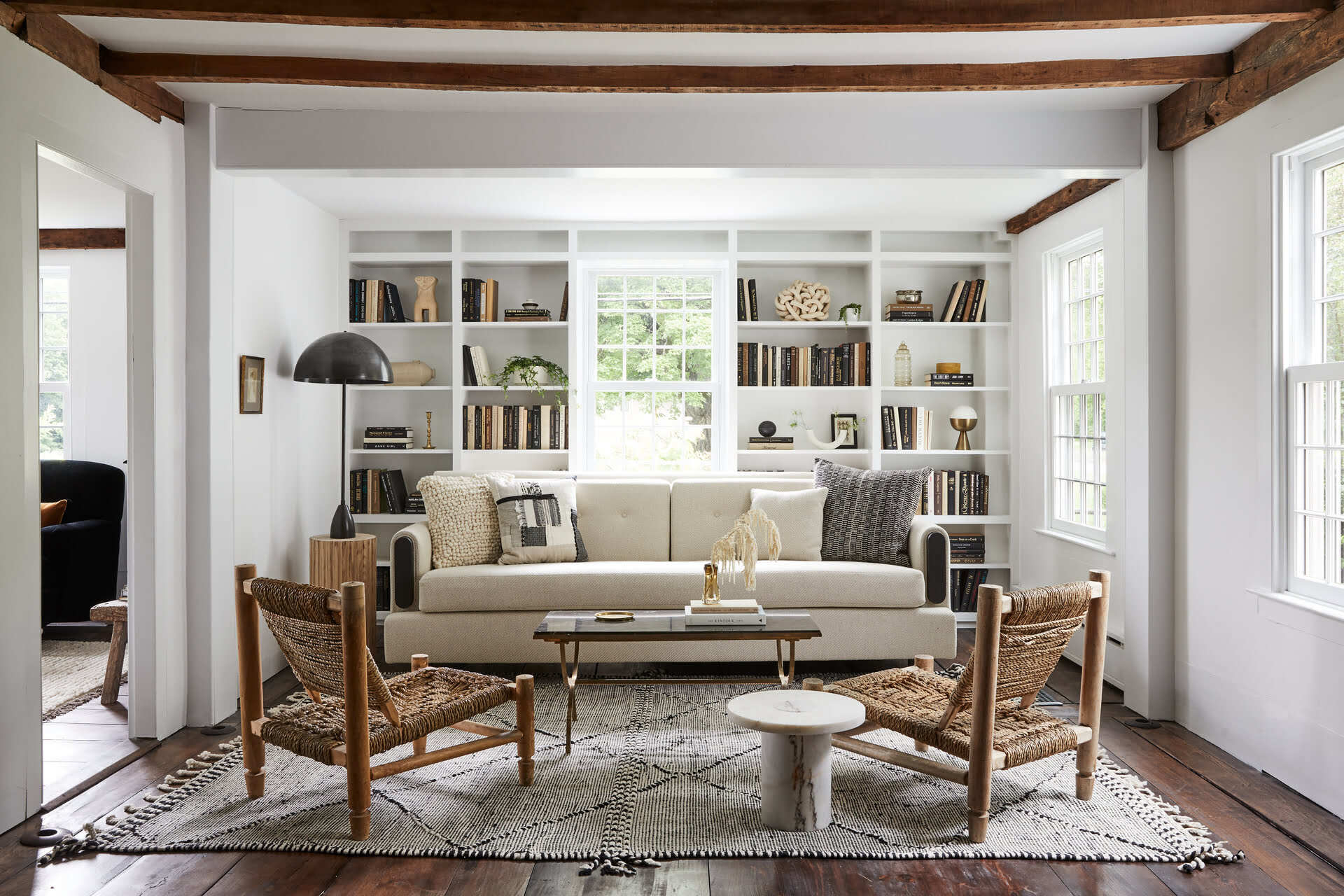

0 thoughts on “How Big Should An Area Rug Be In Living Room”